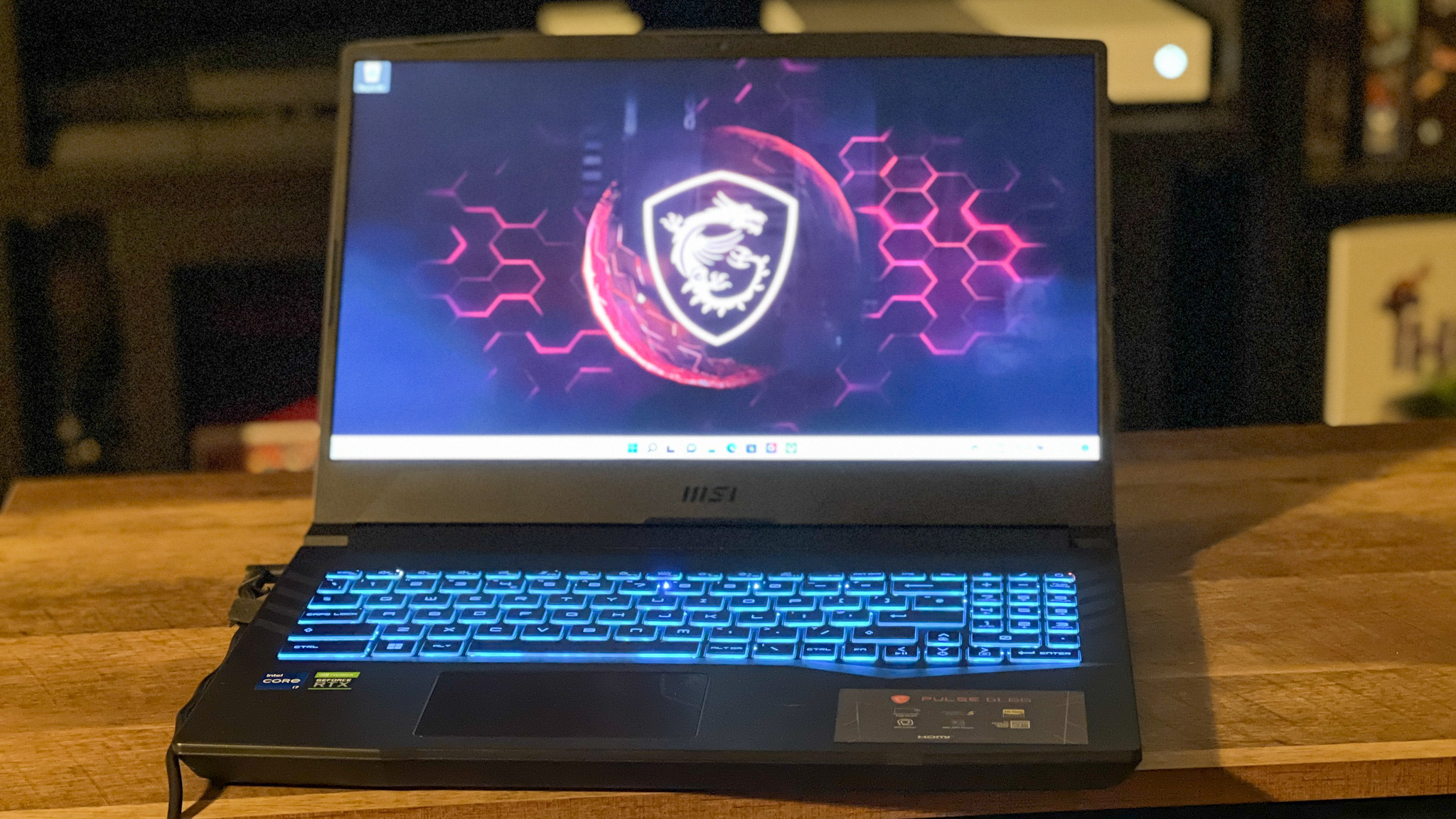GamesRadar+ Verdict
The MSI Pulse GL66 puts its value in its performance, which means you're picking up a heavier, larger machine but getting some excellent gameplay by sacrificing that popular subtle design.
Pros
- +
Excellent performance
- +
Tactile keyboard and trackpad
- +
Premium display
Cons
- -
Bulky design
- -
Outdated aesthetic
- -
Limited RGB options
Why you can trust GamesRadar+
The MSI Pulse GL66 seems to take us back in time. This is a stocky device, but there's certainly no hiding the power under the hood. Kitted out with Intel's latest 12th-generation processors, the latest Pulse iteration seeks to join some of the best gaming laptops on the market with its components. Add that to a 165Hz 1440p screen and it's clear the 2022 GL66 is looking to take on some of the more powerful machines in the game.
We've had our hands on the i7-12700H / RTX 3070 model, a configuration that swoops in at £1,799.99 / $1,899, to see exactly where this bulk takes us.
Design
MSI hasn't conformed to the industry sprint towards slimline gaming laptops here; in fact, the Pulse GL66 is a real whopper of a machine. Weighing in at 2.25kg, this is amongst the heaviest new releases to hit the shelves in the last few months, and it certainly wasn't fun to transport in a backpack. It's important to weigh this design against its power, though, because (as we'll see later), by the end of my testing I was happy to trade portability and style for the cooling and performance that larger chassis provides.
However, I couldn't reconcile that lofty price tag with the largely plastic chassis here. I've had my hands on some super premium machines in recent weeks, and dropping down to cheaper materials was certainly noticeable compared to my experiences with the Alienware x14 and Razer Blade 15. Sure, you're not going to find these components inside those luxury machines at this price point, but you can certainly do far better with your cash if you're looking for a full metal finish. The Asus TUF Dash F15 is a particularly budget-friendly example.
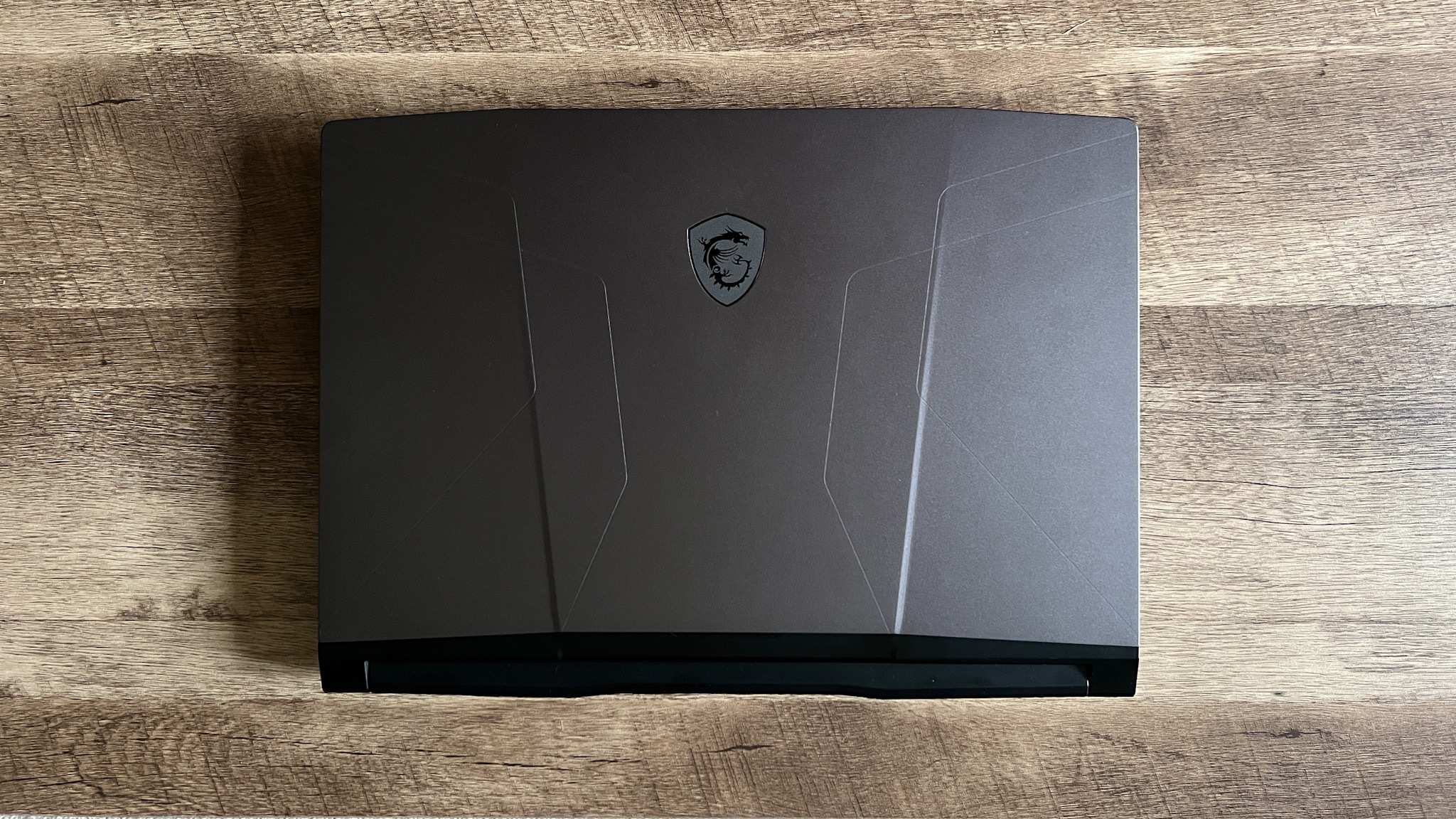
While down to personal taste, I wasn't a fan of the seemingly outdated lid design either. While the lid does drop the plastic in favor of a metal 'Titanium Gray' material, I can't help but feel that we're past the angular lines and indented ridges of yore. This design language is carried through to the overall chassis shape, which does leave us with larger bezels at the top and bottom of the screen. That's a chunky design all in, and if you're coming from a more streamlined device, it may feel a little too cumbersome.
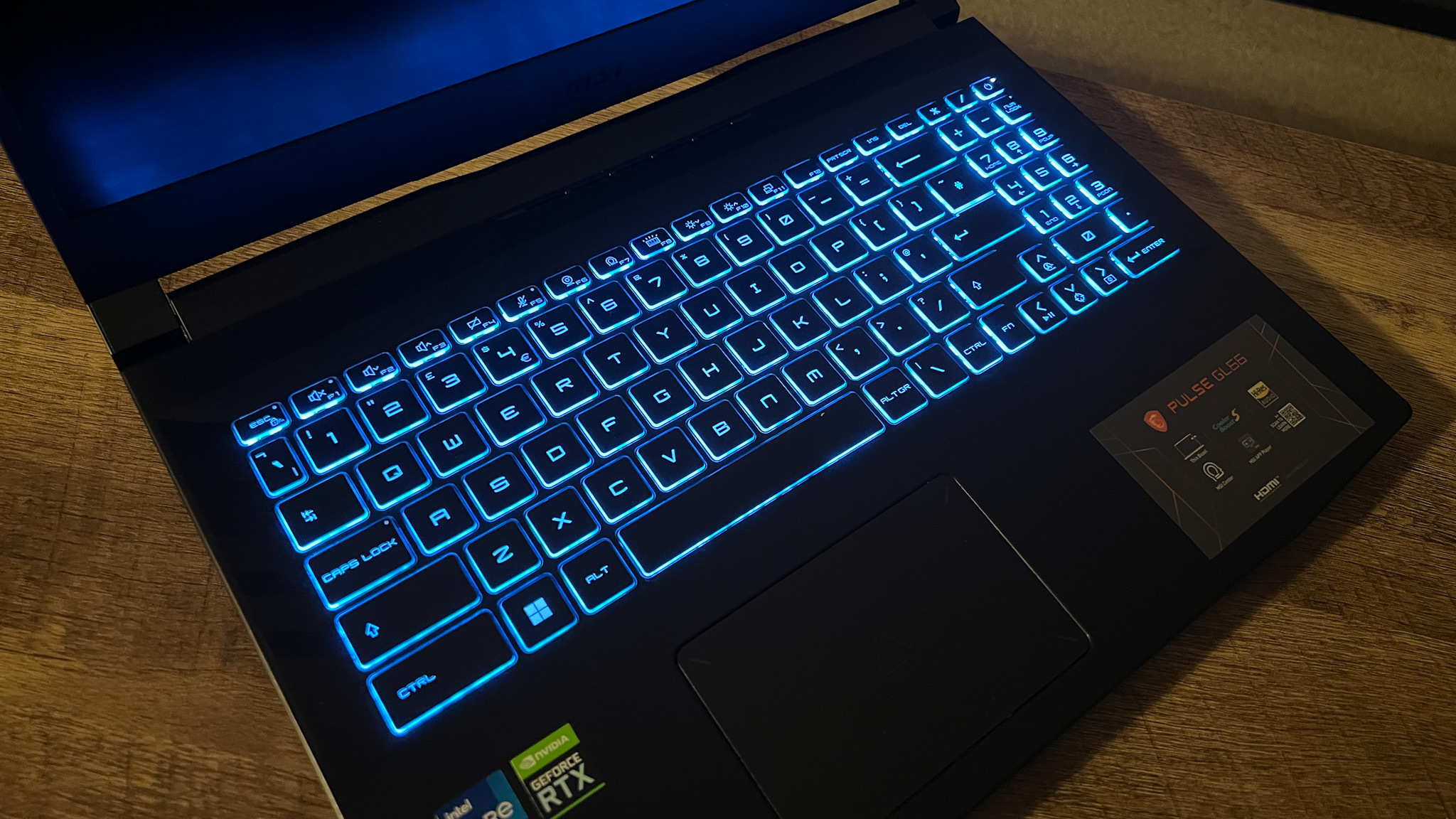
You are getting a full-sized keyboard here (number pad and all) which was impressive to see, and while the stylized legends won't appeal to all, they do set the MSI Pulse GL66 apart from the super subtle machines it's stepping away from.
Features
Processor: Intel i7-12700H
Graphics: Nvidia GeForce RTX 3070
Memory: 16GB RAM
Display: 15.6-inch, 165Hz
Resolution: 2560 x 1440 (QHD)
Storage: 1TB SSD
Ports: 1z USB-C 3.2 Gen 1, 2z USB-A 3.2 Gen 1, 1x USB-A 2.0, 1x HDMI 2.0, 3.5mm
Connectivity: WiFi 6, Bluetooth 5.2
OS: Windows 11 Home
Weight: 4.9lbs (2.25kg)
That keyboard actually felt particularly tactile underhand. There's a satisfying level of feedback here, with just the right amount of tension underneath each button for me. These keys feel slightly stiffer than the low-travel laptop keyboards we're used to these days, but felt all the more precise and snappy for it. It's far from the mechanical experience available on the best Alienware laptops, but these aren't the soft butterfly switches the market seems to be leaning towards right now, and I was all the more grateful for it.
Weekly digests, tales from the communities you love, and more
Special mention should be made for the RGB here as well, though - I was a little disappointed to find out it wasn't customizable to the key, but rather only offers one zone.
On the plus side, there's also a mini number pad slotted into the right hand side of the deck which makes for a solid addition to your controls. There's plenty of potential here for macro mapping, even if I was a little frustrated by the smaller arrow keys laying beneath it.
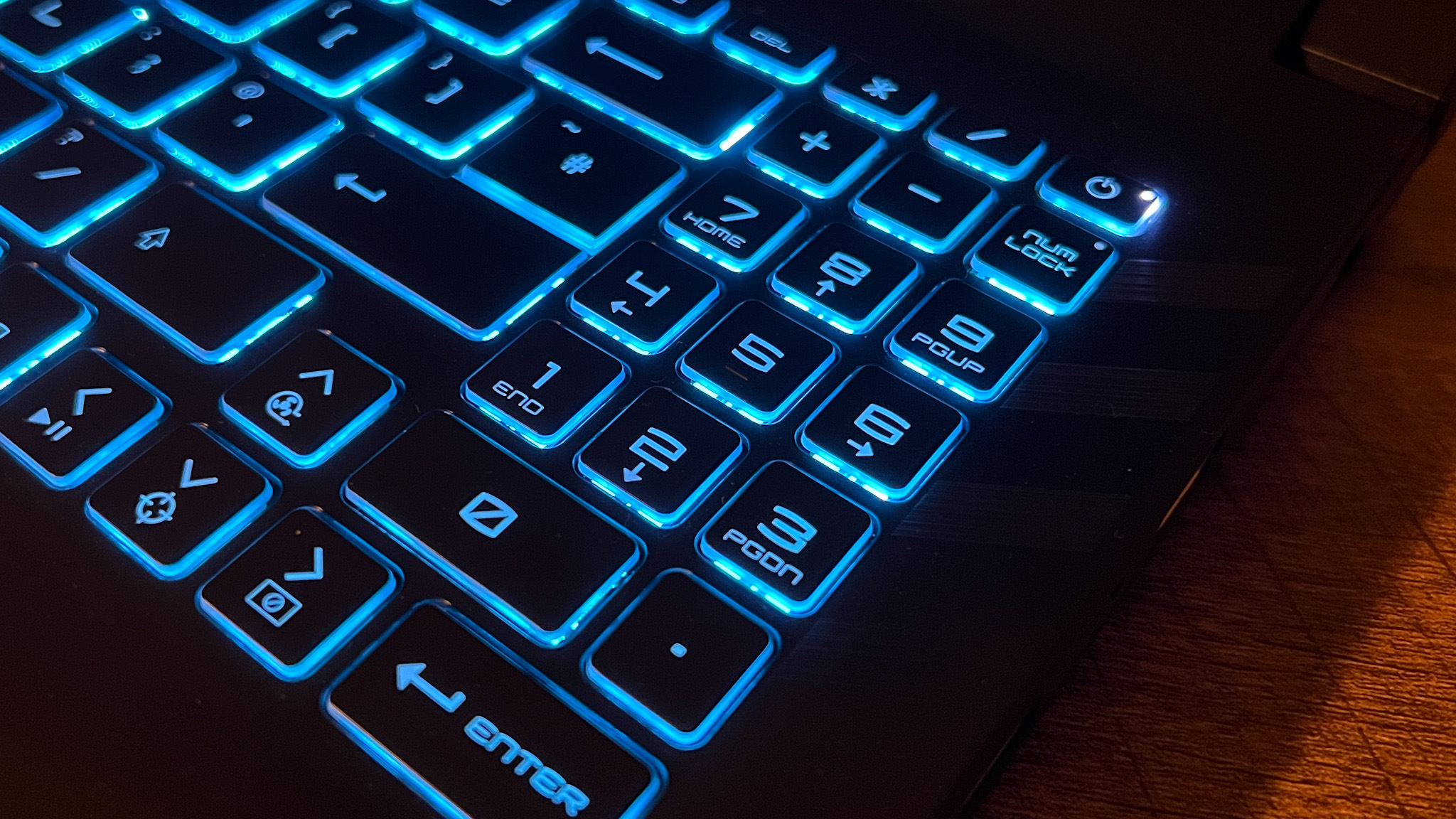
As for the touchpad, it increases resistance slightly, while dropping travel distances over other models. This feels particularly shallow, but still springs back with a snap, which made tapping through everyday work feel nicely responsive.
As you might expect from a chunkier design, ports are plentiful here. You're getting a USB-C 3.2 Gen 1, two USB-A 3.2 Gen 1, a USB-A 2.0, and HDMI 2.0 along the sides - more than enough for all your accessories. Considering the price point here, though, it would have been nice to add Thunderbolt to that USB-C port to allow for display and charging connections.
That said, I was happy keeping this display running natively. My review unit boasted a 165Hz 1440p screen, which offered up some particularly pleasing colors and crystal clear detailing.
As with many specced out machines, the MSI Pulse GL66 won't be flying when unplugged from the wall. I managed around 2-3 hours of use on a single charge with a heavier workday, and around 45 minutes of particularly stuttery gameplay on battery mode as well.
Performance
The performance of the MSI Pulse GL66 makes it clear who this machine is aimed at. It might not be pretty, and it certainly won't travel well, but if you're keeping your machine stacked on your desk, you'll find some stunning gameplay at your fingertips.
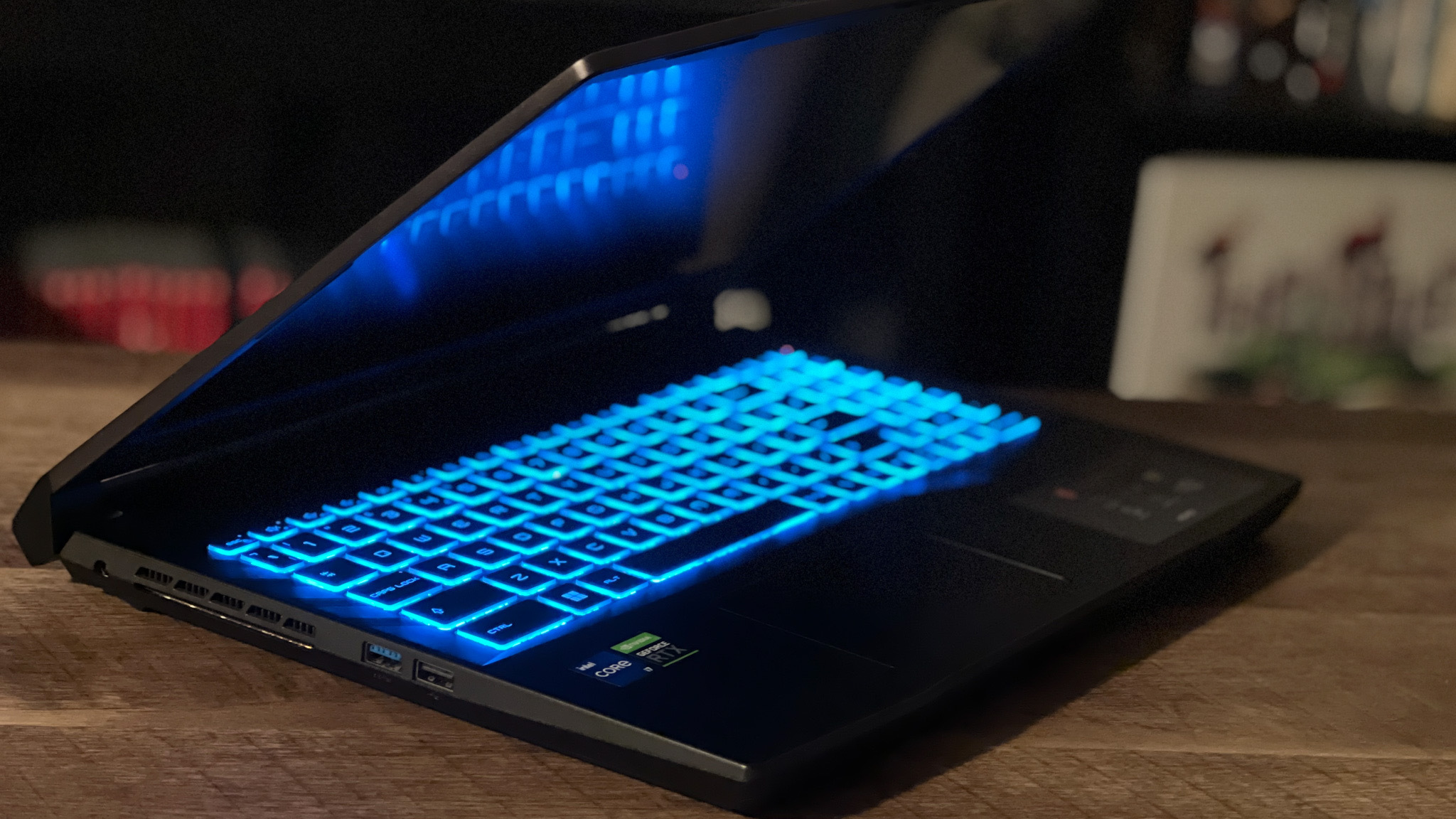
PC Mark 10: 6,730
Cinebench (Multi): 10,018
Fire Strike: 14,230
Time Spy: 8,954
Crystal Disk Mark: 3652MB/s read; 3491MB/s write
Shadow of the Tomb Raider: High @ 1080p - 98fps; Highest @ 1080p - 82fps; High @ 1440p - 85fps; Highest @ 1440p - 73fps
Metro Exodus: High @ 1080p - 69fps; RTX @ 1080p - 52fps; High @ 1440p - 59fps; RTX @ 1440p - 47fps
Red Dead Redemption 2: High @ 1080p - 63fps; Highest @ 1080p - 57fps; High @ 1440p - 54fps; Highest @ 1440p - 47fps
The Division 2: High @ 1080p - 85fps; Ultra @ 1080p - 73fps; High @ 1440p - 61fps; Highest @ 1440p - 57fps
This rig didn't even flinch at longer hours in Planet Coaster, on a map that would fry my own Asus TUF Dash F15, and that stocky design pulled through to keep everything cool. Of course, you need all that space because this thing sounds like it's 90% fan. It's among the loudest gaming laptops I've had at my disposal, but throwing on a gaming headset meant that was largely a non-issue, and the volume of its speakers worked hard to compete as well.
In our benchmarks, the Pulse was able to remain consistently over 60fps in 1080p when running heavier titles like Metro Exodus and Total War: Three Kingdoms, though did falter at the Highest setting in Red Dead Redemption 2, just dropping slightly under to 57fps. Still, with Shadow of the Tomb Raider consistently performing, even when boosted up to 1440p, and The Division 2 still reaching 61fps in QHD resolution as well, that price tag starts to reap its rewards.
1440p performance didn't drop as many frames as it tends to on other machines as well, which was interesting to see, which means you'll be comfortable running this rig natively in less demanding titles.
Should you buy the MSI Pulse GL66?
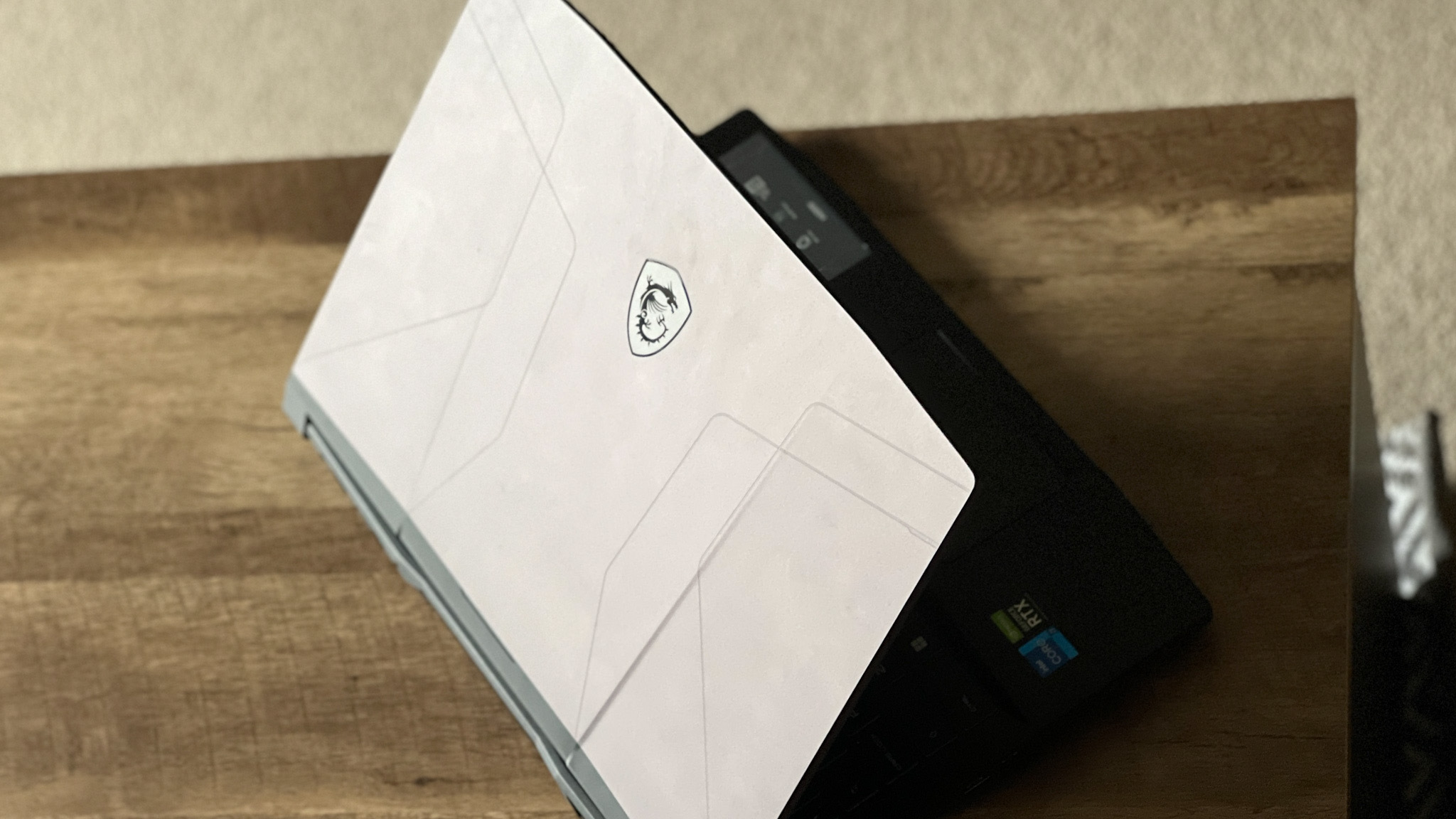
The MSI Pulse GL66 is aimed squarely at those who prioritize substance over style. This is one heavy machine, with the footprint to match, and its outdated aesthetic won't wow in quite the same manner as some of the more streamlined rigs we're seeing these days. However, the performance under the hood speaks for itself. There's some serious guts in all that space, and it works hard to grind out some serious numbers when it comes to smooth framerates and fast load times.
That $1,899 / £1,799 price for this particular configuration does feel a little high at times, especially considering you're dropping some key USB-C features, sacrificing portability, and grabbing a plastic chassis. Still, it's not as heavy as the similar Alienware M15 R6, and is considerably cheaper than the luxury Alienware x15 while offering similar spec lists.
If you're looking for impressive performance and you're not going to be moving this machine too often, it's a solid buy and a worthy investment considering the latest generation processors. However, if it's portability that drove you to a laptop rather than a full stack gaming PC, we'd recommend checking out some thinner models which can often pack only a slightly weaker punch.
How we tested the MSI Pulse GL66
I used the MSI Pulse GL66 over the course of two weeks, cross-comparing notes with the Razer Blade 15 and Alienware x14 at the same time. During that period, I used the Pulse for everyday work over the course of three days, and played Planet Coaster, Cities Skylines, and Doom Eternal during regular play. I then stress tested those components using Shadow of the Tomb Raider, Metro Exodus, Total War: Three Kingdoms, The Division 2, and Red Dead Redemption 2 benchmarking tools, as well as industry tests like Cinebench, PC Mark 10, 3DMark's Fire Strike and Time Spy, and Crystal Disk Mark.
You can find more information on how we make our recommendations in our full GamesRadar+ Hardware Policy, and check our guide to how we test gaming laptops for more details.
For more options, we're also rounding up all the best Razer laptops and the latest cheap gaming laptop deals if you're after more savings as well.

Managing Editor of Hardware at GamesRadar+, I originally landed in hardware at our sister site TechRadar before moving over to GamesRadar. In between, I've written for Tom’s Guide, Wireframe, The Indie Game Website and That Video Game Blog, covering everything from the PS5 launch to the Apple Pencil. Now, i'm focused on Nintendo Switch, gaming laptops (and the keyboards, headsets and mice that come with them), PS5, and trying to find the perfect projector.
